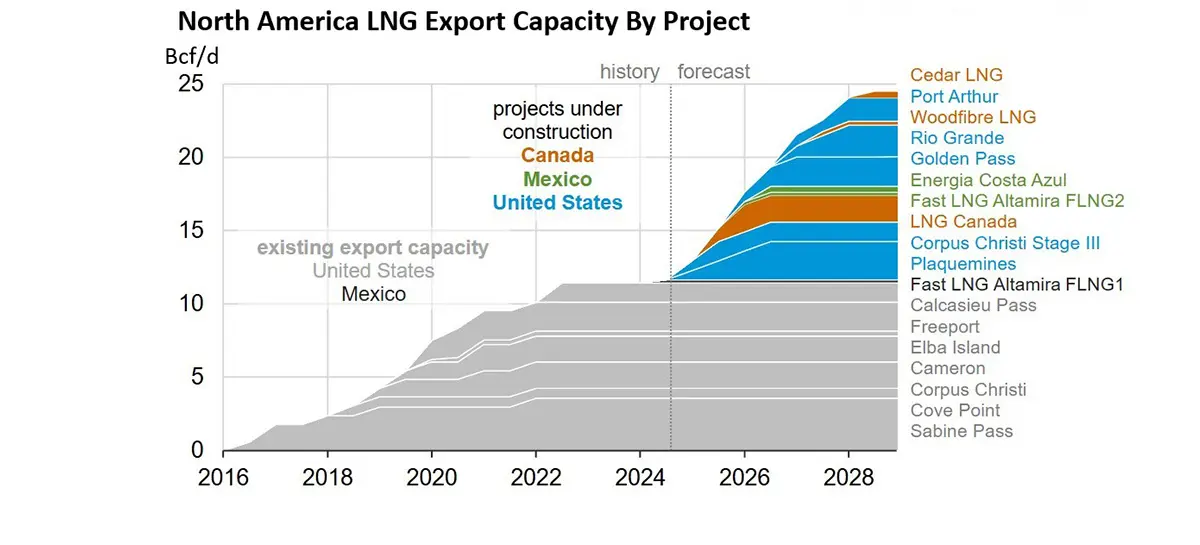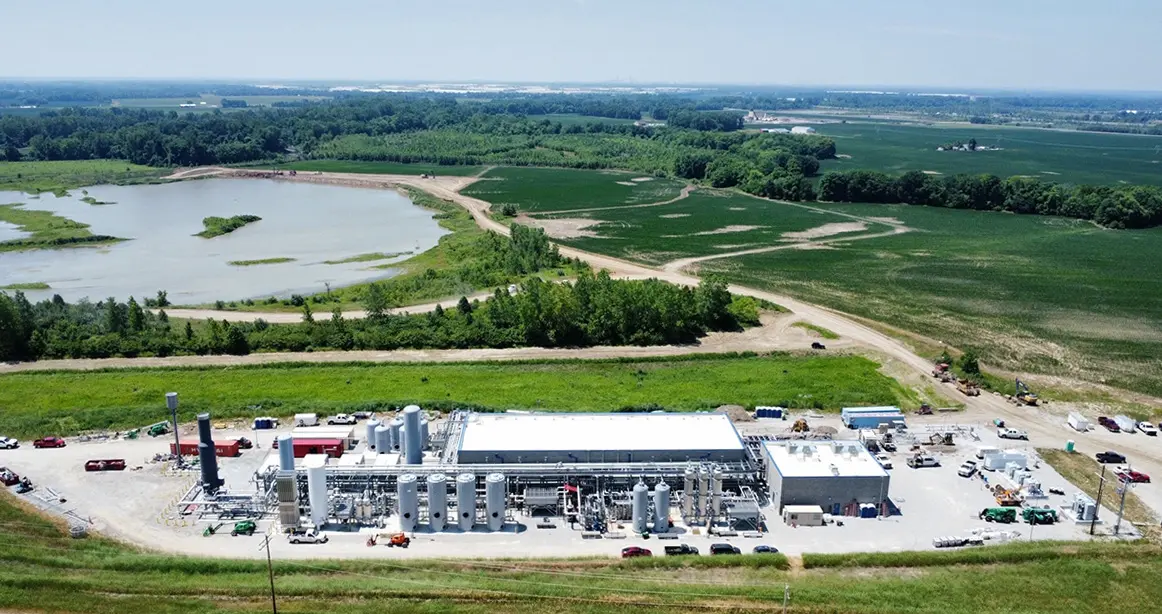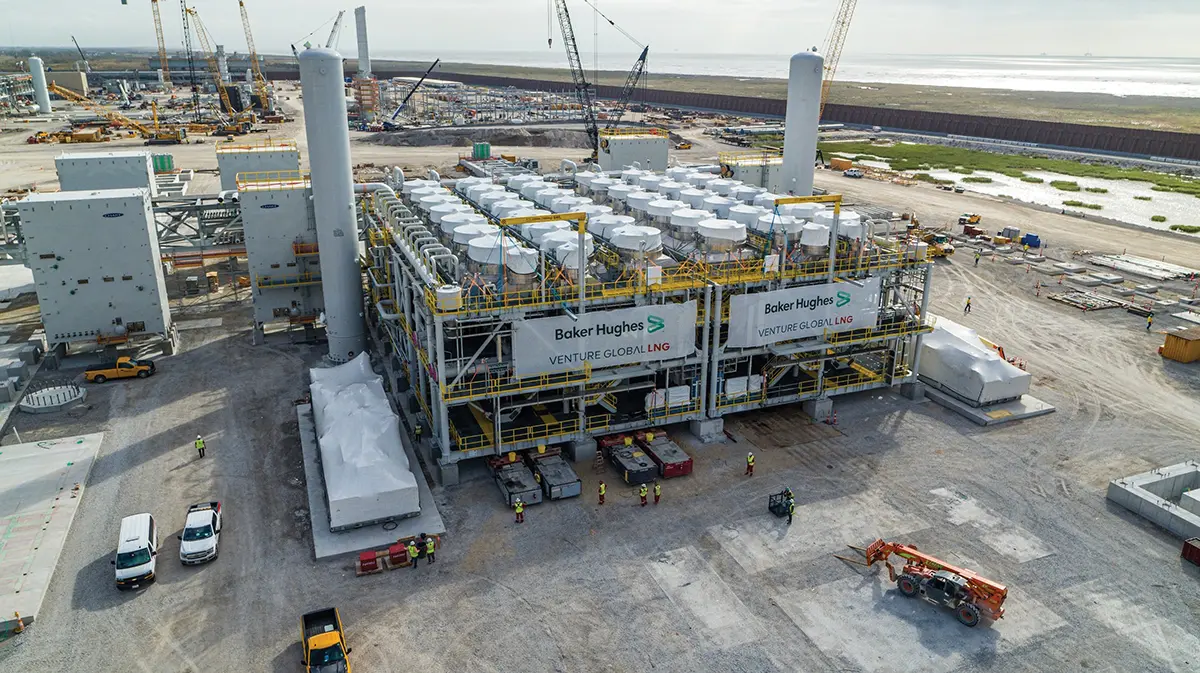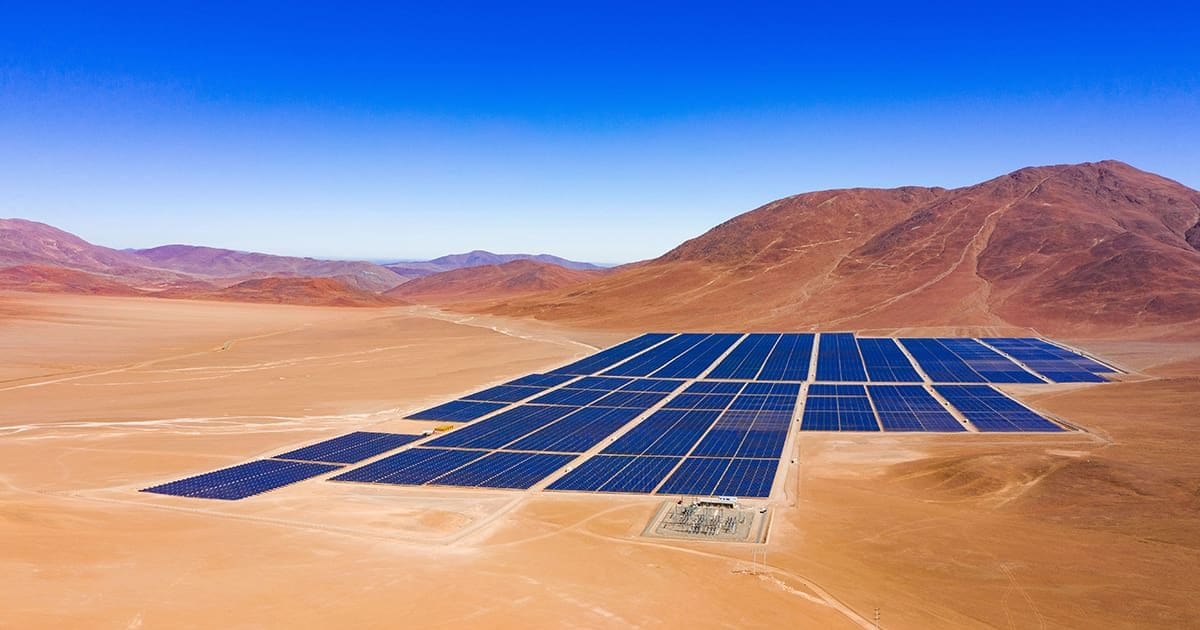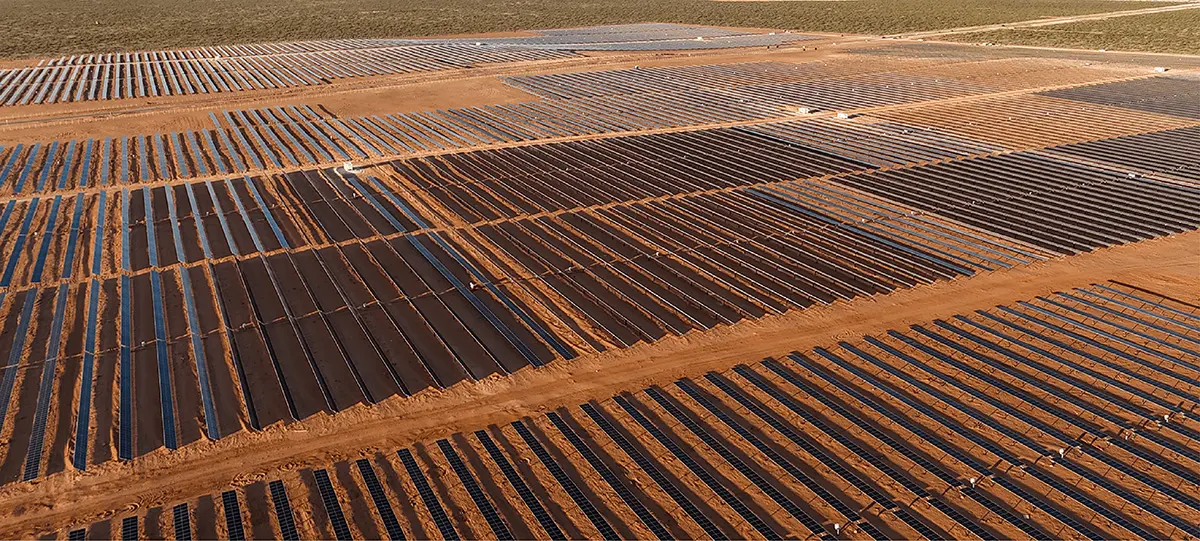
Jumpstarting The Clean Hydrogen Economy – The Final Rule for 45V
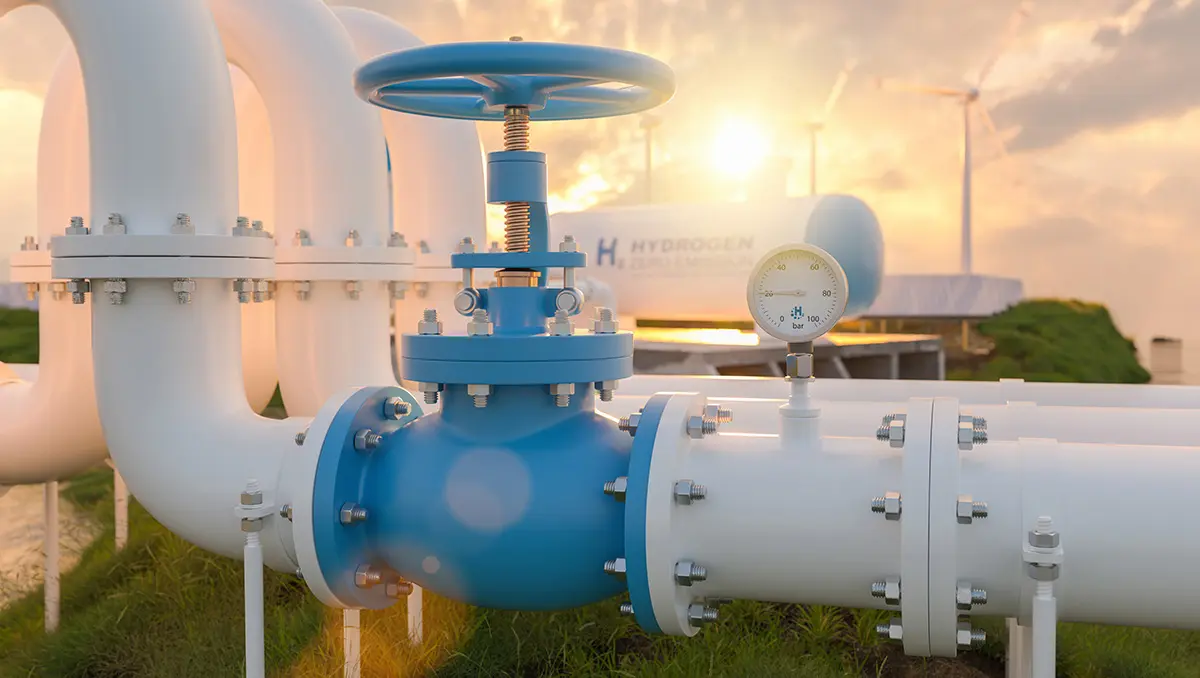
by Ross Faransso
The energy industry has lauded clean hydrogen (H2) as a next-era power source, with use cases ranging from electricity to transportation. To support renewable energy development, the 2022 Inflation Reduction Act (IRA) proposed a range of incentives to increase production, with the most generous subsidies given to clean hydrogen. Since the IRA’s passage, clean hydrogen projects have seen surprisingly stifled growth, with developers often citing investor hesitations until the final ruling for 45V, the clean hydrogen tax credit, was released.
On January 3, the Treasury issued 45V’s long-awaited final rule, which went into effect on January 10. At its core, 45V boils down to two key guidelines. First, to qualify, the total greenhouse gas (GHG) generated in producing clean hydrogen must be less than or equal to 4 kg of carbon dioxide (CO2) per 1 kg of hydrogen. Second, the credit can be worth up to US$3 per kg of clean hydrogen produced – providing investors with long-sought clarity on the fuel’s economic benefits.
From its introduction under the IRA to its recent final rule, 45V has been debated and amended to guarantee that the nascent clean hydrogen industry limits production emissions while providing a stable pathway for its growth. The below summary underlines key details, flexibilities, and overall implications of 45V and a final thought on how the final rule will shape the energy industry.
“To truly jumpstart the clean hydrogen economy, developers, investors and policymakers must work together to ensure that hydrogen makers can scale production with confidence that the nation’s infrastructure, and energy market, is ready to receive their supply.”
45V’s Three Pillars For Electrolysis
Most hydrogen producers create hydrogen through electrolysis, sending electricity through water to split molecules, which can be incredibly energy intensive. To guide these processes, 45V’s initial guidance recommended a “three pillars” approach for mitigating carbon emissions, and, to the surprise of many, a slightly amended version of the pillars was included in the final rule.
For hydrogen companies that use electrolysis to receive the full value of the credit, they must adhere to the following pillars:
- Incrementality – the power plant providing the energy must be considered “new,” meaning built no more than three years before the hydrogen facility. This ensures additional energy capacity is brought online.
- Deliverability – the power plant providing the energy must be located in the same region as the hydrogen producer.
- Temporal Matching – The electrolyzer loads must match energy production with a clean electricity portfolio each hour. This aligns hydrogen production with available clean electricity and helps to minimize emissions.
The final guidance also introduces hourly averaging of carbon intensity for hydrogen producers as long as the annual average remains below 4 kgCO2e/kgH2 – meaning a producer can now qualify a portion of its clean hydrogen at a more valuable 45V threshold.
The three pillars provide a comprehensive approach to ensuring that new clean power plants, rather than existing plants fueled by coal or natural gas, are brought online to meet power demand. The guidance also broadens hydrogen producers’ access to clean energy credits. For example, an existing, “non-new,” nuclear plant can now qualify under the incrementality pillar, and can sell Energy Attribute Certificates (EACs) to a hydrogen facility if it is considered “at the risk of retirement.”
Investors will likely find the temporal matching requirement interesting, as it requires new projects to be financed based on hourly matching. Early movers will be happy to learn that the matching requirement for hourly production is delayed by two years – from 2028 until 2030. Projects that operate over the next five years will benefit from the less stringent annual matching requirements.
Increased Credit Accessibility For The Energy Industry
At face value, 45V is a technology-inclusive credit that aims to support and scale all means of low-carbon hydrogen production. Although the guidance focuses on incentivizing clean hydrogen development, the rule recognizes a variety of feedstocks needed to produce hydrogen, thereby creating a pathway for energy producers to claim the benefits. This is especially beneficial for producers that create hydrogen using methane pyrolysis (using heat to split methane).
Nuclear Energy: As mentioned above, a nuclear plant can now qualify to sell its EACs if it is considered “at risk of retirement.” Qualifying nuclear plants must also be co-located near the hydrogen production facility or sign a 10-year contract in which the facility agrees to acquire and retire EACs from the reactor.
Methane Reforming for Carbon Capture: Facilities that produce methane can qualify for the credit if their carbon capture and storage (CCS) equipment meets the 36-month “placed in service” incrementality threshold. Critics have argued that 45V will assume all methane projects leak at the same rate, which is inaccurate, and that emissions will be underrepresented in projects. The Department of Energy is expected to release an updated version of the 45VH2-GREET, its metric for regulating greenhouse gases and emissions, including a new tool that producers can use to calculate their 45V tax credit.
Renewable Natural Gas: Hydrogen produced from renewable natural gas (RNG) and coal mine methane is now eligible for the credit. In the guidance, the Treasury outlines methodologies for calculating lifecycle GHG emissions to ensure rigorous accounting for biogas methane sources (e.g., wastewater, animal manure, landfill gas).
Energy Storage: Clean hydrogen can play a critical role in decarbonizing energy storage. Under 45V’s final rule, energy storage devices that follow the three pillars are eligible for the credit. According to the guidance, if electricity from a 45V-compliant EAC is used to charge a storage device, the EAC can be transferred to hydrogen production.
State Provisions
One provision under the three pillars is the incrementality pillar, which states that a power plant must be considered “new” to qualify. Clean hydrogen produced in states with eligible criteria for capping greenhouse gas emissions and clean electricity standards may be exempted from the incrementality benchmark. So far, only California and Washington State qualify.
A Final Thought
By retaining the three pillars, incrementality, deliverability, and temporal matching, and expanding accessibility to include nuclear and RNG, among other energy sources, 45V’s final rule provides increased flexibility to scale clean hydrogen and enable more projects to qualify, while maintaining robust decarbonization measures.
What 45V does not address, however, is the need to scale low-carbon infrastructure or guarantee long-term market demand. To truly jumpstart the clean hydrogen economy, developers, investors and policymakers must work together to ensure that hydrogen makers can scale production with confidence that the nation’s infrastructure, and energy market, is ready to receive their supply.
“Projects that operate over the next five years will benefit from the less stringent annual matching requirements.”

About The Author
Ross Faransso is chief executive officer of project development services at Nexus PMG. Faransso joined Nexus PMG in Fall 2023. Before joining the team, Faransso spent 16 years at KBR as director of operations and most recently as the company’s Americas head of business development for EPCM services. Faransso also serves as an active board member for the Association for the Capital Projects Engineering & Construction Community, commonly known as ECC.

